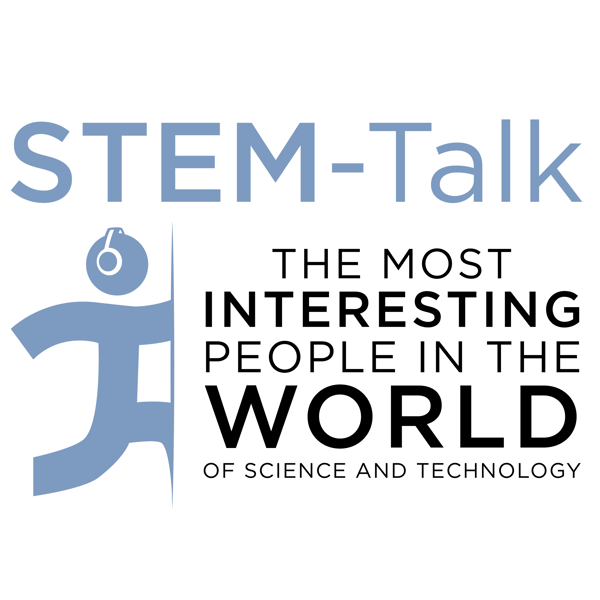Episode 112: Tim Broderick discusses biotechnology and increasing the biological aptitude and careers of elite special forces
STEM-Talk
Dawn Kernagis and Ken Ford
4.6 • 694 Ratings
🗓️ 15 September 2020
⏱️ 82 minutes
🧾️ Download transcript
Summary
Transcript
Click on a timestamp to play from that location
| 0:00.0 | Welcome to STEM Talk. |
| 0:01.1 | Stem Talk. |
| 0:02.0 | Stem Talk. |
| 0:03.0 | Stem Talk. |
| 0:04.0 | Stem Talk, where we introduce you to fascinating people who passionately inhabit the scientific and technical frontiers of our society. |
| 0:14.0 | Hi, I'm your host, Don Cornagus, and joining me to introduce today's podcast as a man behind the curtain, Dr. Ken Ford, IHMC's director and chairman |
| 0:21.9 | of the double secret selection committee that selects all the guests who appear on STEM Talk. |
| 0:25.6 | Hi, Don. Great to be here today. |
| 0:28.7 | So our guest today is Dr. Tim Broderick, who is a surgeon in biomedical research and development |
| 0:33.6 | innovator, who has been a pioneer in laparoscopic robotic and telerobotic surgery. |
| 0:38.7 | He's had an absolutely fascinating career as a surgeon, a DARPA program manager, and now as the |
| 0:43.3 | chief science officer here at IHMC. And Tim has developed a large portfolio of cutting edge |
| 0:48.4 | Department of Defense research projects throughout his career that we will talk about today. |
| 0:52.2 | And we're especially looking forward to Tim's overview of the Peerless Operator Biologic-aptitude Project, which he and his colleagues |
| 0:58.6 | here at IHMC are currently working on. |
| 1:01.1 | So prior to joining IHMC, Tim was an academic surgeon and a DARPA program manager, as mentioned |
| 1:06.1 | before, and during his four years as a DARPA program manager, he conceived and established |
| 1:10.5 | five high-impact biotechnology projects that included revolutionary programs for And during his four years as a DARPA program manager, he conceived and established five |
| 1:10.9 | high-impact biotechnology projects that included revolutionary programs focused on precision |
| 1:15.9 | diagnosis and treatment of military relevant diseases and injuries. And he's also led multiple |
| 1:21.4 | ground, flight, and undersea-based biomedical research projects. As a result, he's an honorary |
| 1:26.2 | NASA flight surgeon and a NOAA |
... |
Please login to see the full transcript.
Disclaimer: The podcast and artwork embedded on this page are from Dawn Kernagis and Ken Ford, and are the property of its owner and not affiliated with or endorsed by Tapesearch.
Generated transcripts are the property of Dawn Kernagis and Ken Ford and are distributed freely under the Fair Use doctrine. Transcripts generated by Tapesearch are not guaranteed to be accurate.
Copyright © Tapesearch 2025.

